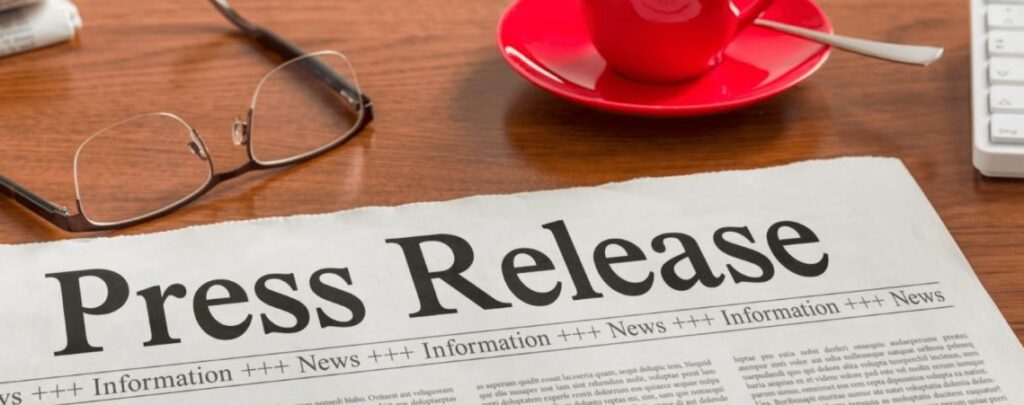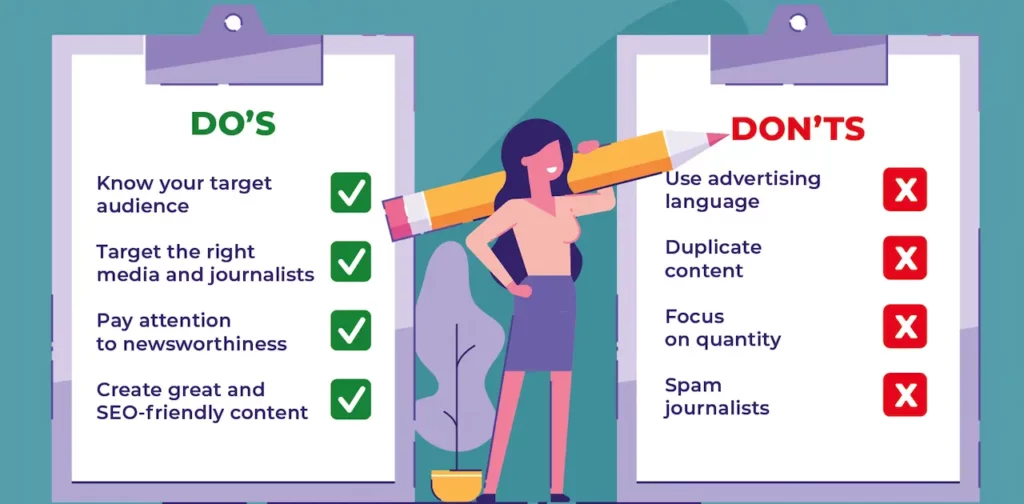Your press release’s headline should serve as its focal point, making an immediate, impactful first impression upon both journalists and readers. An eye-catching headline may even determine if readers actually choose your press release from among its many competitors – here is an extensive guide for creating eye-catching headlines that effectively communicate your message.
Before writing your headline, it is crucial that you fully comprehend its purpose. A compelling press release headline must:
- Engage readers
- Provide essential details
- Encourage further reading
- Demonstrate news value through your story
- Be optimized for search engines.
Press Releases require succinctness: your headline should ideally not surpass 65-80 characters to ensure optimal readability in search engine results or email subject lines, while clarity remains key; use plain language whenever possible or avoid obscure references that might confuse or alienate readers.
Make Sure It Read Well | Optimizing Headline Performance
To ensure maximum impact with your headline, employ active verbs that emphasize movement and excitement; phrases like “launch,” “unveil,” transform,” and revolution” may add life and attraction; just be careful not to overstate its meaning as that could create false expectations of content! Your headline must accurately represent its subject matter!
Optimize Your Press Release for SEO It Is Essential
Optimizing press releases for search engines is becoming an ever more essential aspect of digital media production. When writing headlines that incorporate relevant keywords for search results, be sure they highlight both its main topic or news angle while reflecting it naturally in their headline. To best target an announcement made to an audience segment that uses that specific term(s), always ensure any announcement made aligns as closely as possible with them when considering which terms your target audience might search.
Your Press Release Needs to Emphasize its News Value
When crafting the headline of a press release, great care must be given in highlighting why its announcement merits news value – such as product releases, achievements or major partnerships agreements which warrant newsworthiness – for maximum impactful response from journalists and readers alike. Be sure that this aspect stands out prominently within text to maximize effectiveness among both.
Where appropriate, including numerical data can help establish credibility and specificity when discussing revenue growth overall; include announcements like, “Company X Achieved 50% Revenue Growth in Quarter Two.” It will create more of an impression than simply noting overall increase.
Avoid Clickbait and Sensationalism
When creating press release headlines, be wary of selecting titles which use clickbait or sensationalism for clicks alone rather than accurately reflecting what lies within. Any misleading titles could get clicks immediately but will end up damaging credibility among journalists as well as readers alike.
Adjust Your Headline
When creating headlines to target audiences, ensure it reflects their specific interests, needs, and language usage. Writing headlines aimed at tech enthusiasts might differ significantly from writing them for general consumers or industry professionals; knowing who makes up your group will enable you to craft something applicable and relevant for all involved parties involved.
Subheadings Provide Context
Summing up all necessary information can be challenging. Subheadings offer additional context or details without overshadowing what the main headline provides – offering greater understanding into why certain events take place, thus complementing its message.
Maintain and Refining Headlines
successful headline writing requires multiple attempts before finding one that resonates. Don’t be discouraged from creating multiple versions and testing them – seek feedback from colleagues or use A/B testing if your press release will be distributed digitally – then track which headlines generate high engagement levels to adapt your approach appropriately.
Examples of Effective Press Release Headlines
To demonstrate these principles, here are several successful press release headlines:
Tech Innovator XYZ Launches AI-powered Personal Assistant and Redefining Home Automation “Startup Receives $50 Million Series B Funding to Expand Renewable Energy Solutions”
Writing engaging headlines takes practice but is an invaluable skill worth developing. Don’t expect instantaneous success; test different versions, seek feedback from colleagues and use what works to refine your approach accordingly. Your headline could often be your only chance at drawing people’s attention in an otherwise chaotic world; make an effortful statement that compels readers to keep reading; with time and practice this skill will become second nature and evolve further to write headlines which inform as well as take immediate action!



